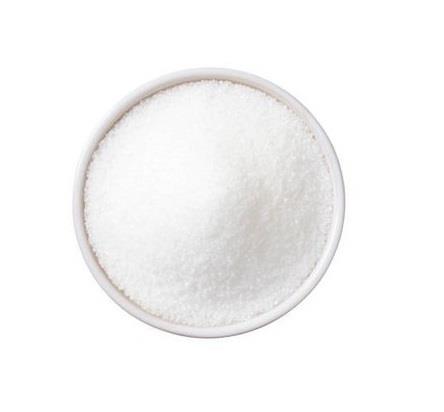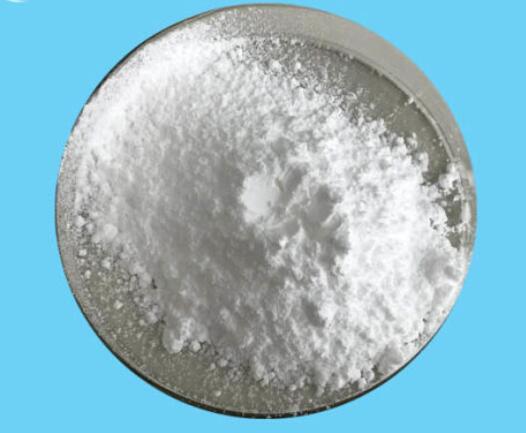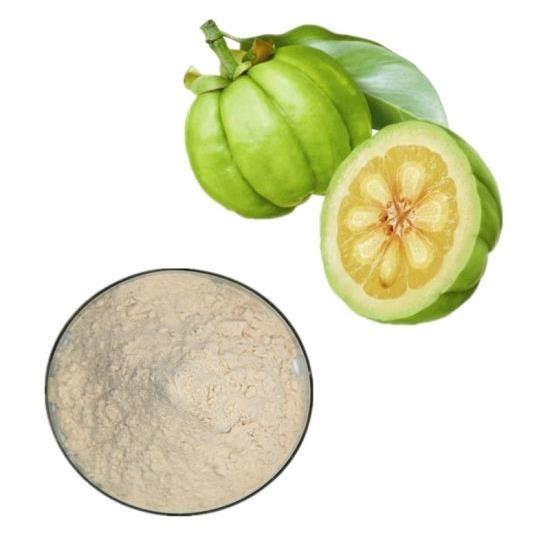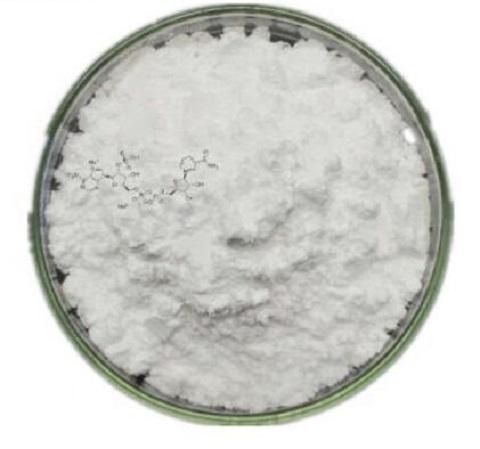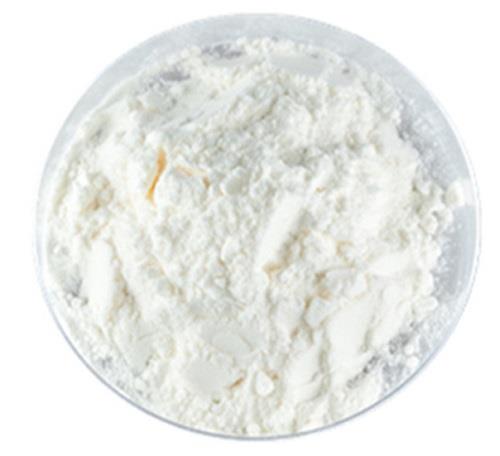Biochemical Engineering is one of the pillar industries of the 21st century and is the interdiscipline of biology, chemistry and engineering, being the general term of biochemical engineering and bio-processing engineering as well as being a branch of biotechnology. It is also one of the frontiers of chemical engineering disciplines and is the means for the conversion of biological technology into productivity, industrialization and commercialization. Biochemical Engineering products are products with animals, plants, microorganisms as raw materials and processing through approaches of biochemical engineering, physics and chemistry. It is widely applied to various kinds of fields including medicine, food, feed, basic organic chemicals, organic acids and bio-pesticides.
Structure and function of L-serine
L-serine is the L-enantiomer of serine. It has a role as a human metabolite, an algal metabolite, a Saccharomyces cerevisiae metabolite, an Escherichia coli metabolite and a mouse metabolite. It is a
Dec 20,2021 Biochemical EngineeringBenefits of D-Serine
D-Serine is a non-essential amino acid and dextro isomer of serine with antipsychotic activity. D-serine is a selective full agonist at the glycine site of N-methyl-D-aspartate (NMDA)-type glutamate r
Dec 20,2021 Biochemical EngineeringHealth benefits of Garcinia?cambogia?extract
Garcinia cambogia extract is an extract obtained from the dried fruit of the Garcinia cambogia (GC) tree, a native plant species of South India and South Asia.1,2 The fruit looks like a small green pu
Dec 13,2021 Biochemical EngineeringProduction of Human lactoferrin
Human lactoferrin is a ~78 kDa globular protein found in body secretions such as milk and saliva and is a member of the transferrin family proteins. Transferrins control the level of free iron in the
Dec 9,2021 Biochemical EngineeringFunction of Lactoferrin
Lactoferrin (LF), also known as lactotransferrin (LTF), is a multifunctional protein of the transferrin family. Lactoferrin is a globular glycoprotein with a molecular mass of about 80 kDa that is wid
Dec 9,2021 Biochemical EngineeringApplication of NADP Disodium Salt
NADP disodium salt (Disodium NADP), a nicotinamide adenine dinucleotide, is a redox cofactor. NADP disodium salt is a key cofactor for electron transfer in the metabolism, being alternately oxidized (
Dec 7,2021 Biochemical EngineeringAdverse effect of D-mannose
D-mannose (or mannose) is a type of sugar found in a number of fruits and vegetables, including cranberries, black and red currants, peaches, green beans, cabbage, and tomatoes.
Nov 11,2021 Biochemical EngineeringDaidzein - Application, Pharmacokinetics, Synthesis, Safety etc.
Daidzein (7-hydroxy-3-(4-hydroxyphenyl)-4Hchromen-4-one) is produced in plants through the phenyl propanoid pathway and exerts defense responses to several pathogenic attacks in plants.
Nov 9,2021 Biochemical EngineeringBetulinic acid - Application, Pharmacokinetics, Synthesis etc.
Clindamycin Phosphate?is the phosphate salt form of?clindamycin, a semi-synthetic, chlorinated Betulinic acid is a pentacyclic triterpenoid that is?lupane?having a double bond at position 20(29).
Nov 9,2021 Biochemical Engineeringpreparation of chitosan
Chitosan is the most common chitin derivative. Obtained thought the deacetylation of the chitin macromolecule, by subjecting it to hot alkali (e.g., NaOH concentrated solutions) treatment, chitosan is
Oct 8,2021 Biochemical Engineering



